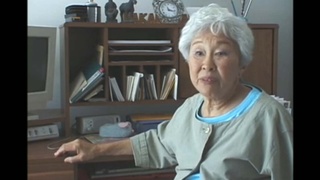Interviews
December 7th, 1941
I guess I was eight, and my uncle, who just graduated high school, was courting my aunt-to-be. They were still boyfriend and girlfriend. So one Sunday my uncle said, “Hey, I’ll look after Junior. We’ll go down to Santa Cruz.” Because Santa Cruz had a boardwalk with the rides. The roller coasters and all that. So it was a good Sunday drive from San Francisco.
And then, around lunch time, they spread out the blanket and we had our lunch. The usual, onigiri and all that good stuff. And then around 3 o’clock in the afternoon, the fog started rolling in. so we said, “It’s getting a little cold. Let’s wrap up and head back to the city.” So we jumped in the car and started heading back to San Francisco and heading back to the bay shore.
As we got to the city limits, MPs were stationed there. And they were stopping all the cars. And so they came and checked my uncle’s ID and said, “Okay, go on ahead.” We weren’t quite sure what the heck was going on, why MP. As we got into the city, we saw the news kids on the corner. “War, war! Extra, extra. War!”
So when we got home, my mother was in a panic. Remember, that was days before cell phones, so she didn’t know how to get in touch with us. And when the word hit the Japanese community about Pearl Harbor, all hell was breaking loose. All the neighbors were in a panic. My grandparents were over the house. Whatever. And I said, “War? What does war mean?” Well, I soon found out.
Date: August 26, 2015
Location: California, US
Interviewer: John Esaki
Contributed by: Watase Media Arts Center, Japanese American National Museum






